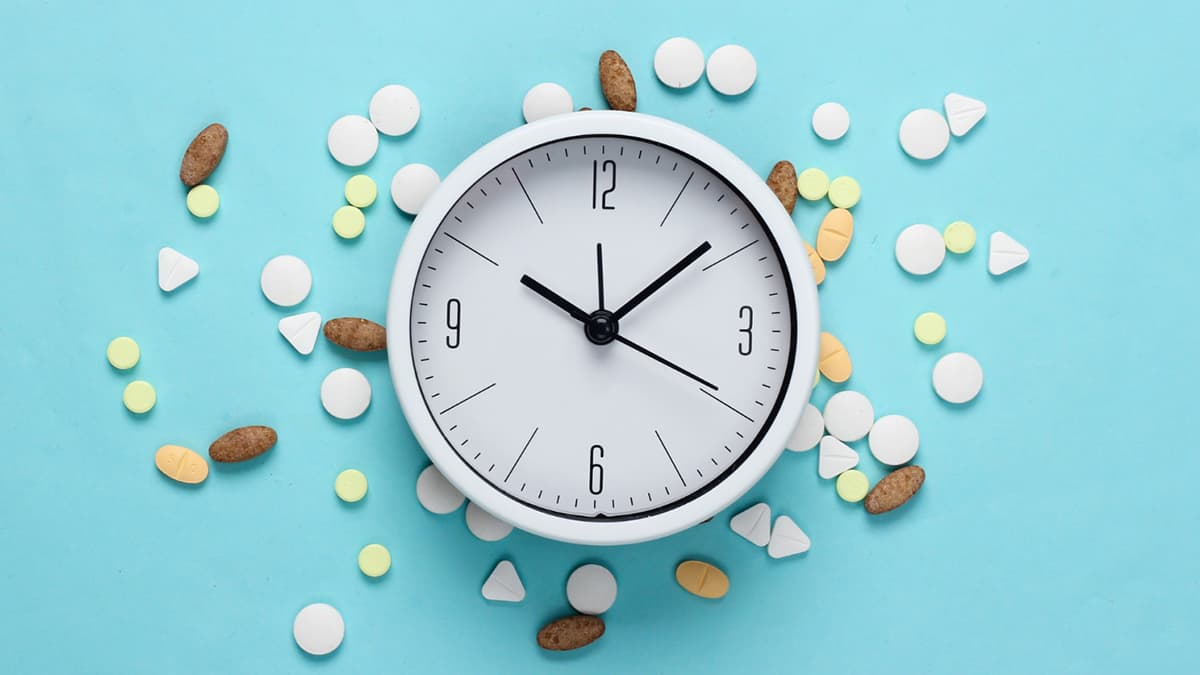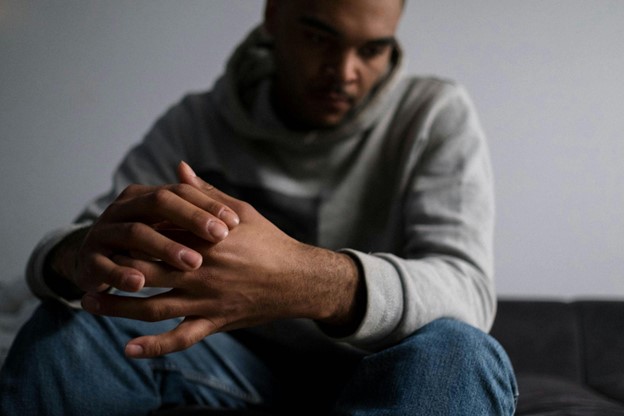Chronic pain is defined as persistent pain that continues for more than 3-6 months. Unlike acute pain, which acts as a warning sign of injury or illness, chronic pain serves no purpose and is a disease itself. More than 1.5 billion people worldwide suffer from chronic pain, making it a global health issue. There is increasing recognition that chronic pain can profoundly impact mental health.
Prevalence of Mental Health Issues in Chronic Pain
Studies indicate that there are very high rates of co-occurring mood disorders among people living with chronic pain conditions. Clinical depression affects up to 60% of individuals with chronic pain, while anxiety impacts more than 30%. This is substantially higher than in the general population. The most common diagnoses include major depressive disorder, generalized anxiety disorder, post-traumatic stress disorder, and substance abuse disorders. The high mental health burden underscores the importance of a biopsychosocial approach to chronic pain management.
Factors Contributing To Poor Mental Health
There are several complex factors that explain the strong connection between chronic pain and mood disorders.
- Firstly, persistent pain acts as a physiological and psychological stressor, triggering changes in brain structure and function over time. The unrelenting nature of pain can lead to feelings of hopelessness, frustration, anger, and fear.
- Secondly, chronic pain causes significant lifestyle limitations, including problems with mobility, work, relationships, and leisure activities. Reduced independence and social isolation are strongly linked to depression.
- Finally, stigma around invisible disability results in a lack of validation and support. Self-blame and minimization of pain are common.
Impact on Quality of Life
The collective impact of chronic pain and co-occurring mood disorders is profoundly detrimental to overall health and quality of life. Individuals often struggle with self-care activities, communication problems, and cognitive difficulties in attention and memory. There is double the risk of suicidal thoughts and behaviors compared to the general population. Tragically, this can result in completed suicide in up to 15% of those with chronic pain. Developing resilience is a crucial buffer, despite the challenges of living with chronic conditions long-term.
Treatment Options
Chronic pain is difficult to treat, but options include over-the-counter or opioid pain relievers, exercise, acupuncture, cognitive behavioral therapy, and infrared heat pads or saunas. Near infrared light therapy benefits are immense, and infrared light penetrates deeper within body tissues to provide safe pain relief that lasts for hours. It may increase blood flow, reduce inflammation, relax muscles, and decrease chronic pain symptoms.
Integrated Treatment Approach Necessary
Given the immense mental health burden of chronic pain, it is evident treatment must extend beyond just physical symptoms. A biopsychosocial-spiritual model is best to address the whole person. This includes pharmacological options, psychological therapies, social support, lifestyle changes, coping techniques, and spiritual practices. An integrated, multidisciplinary care team is essential. There is no universally effective approach, as individuals and pain conditions differ widely. However, supporting mental health is invariably important for improved functioning and well-being.
The complex interplay between chronic pain and mental health issues highlights the need for healthcare providers to screen for, monitor, and address psychological symptoms in this vulnerable population. Comprehensive pain management, inclusive of building emotional resilience, may transform quality of life.








Leave a Reply
You must be logged in to post a comment.